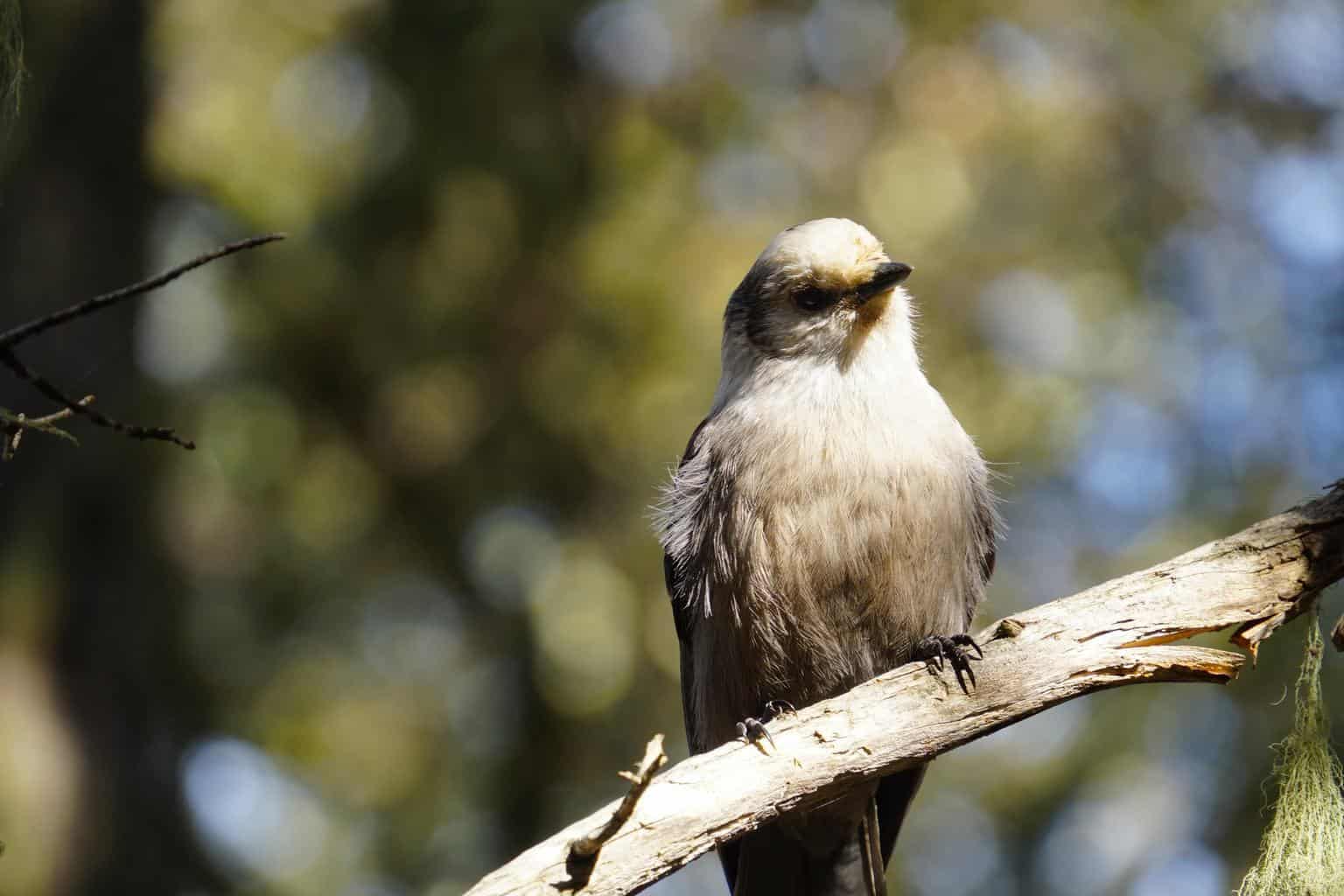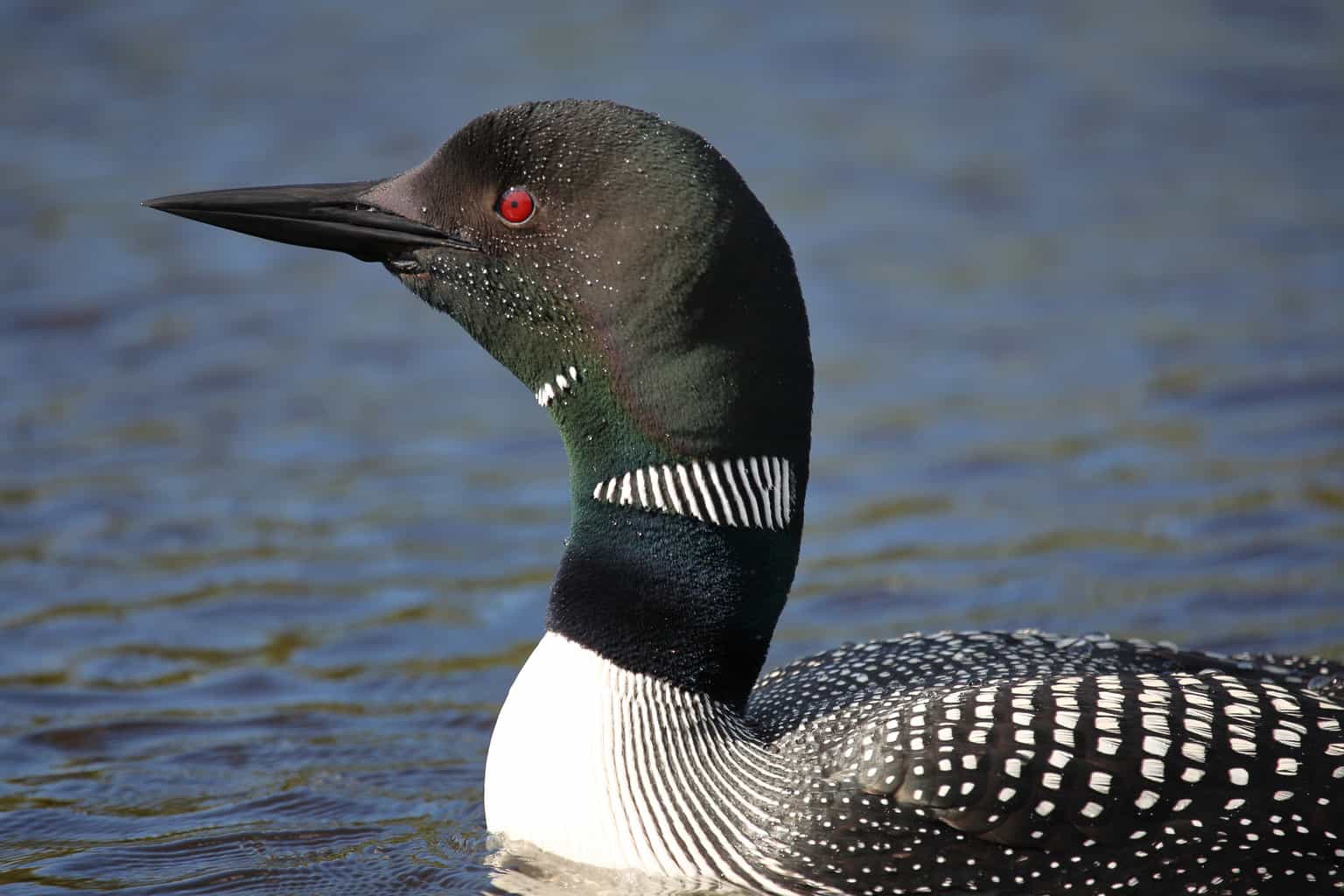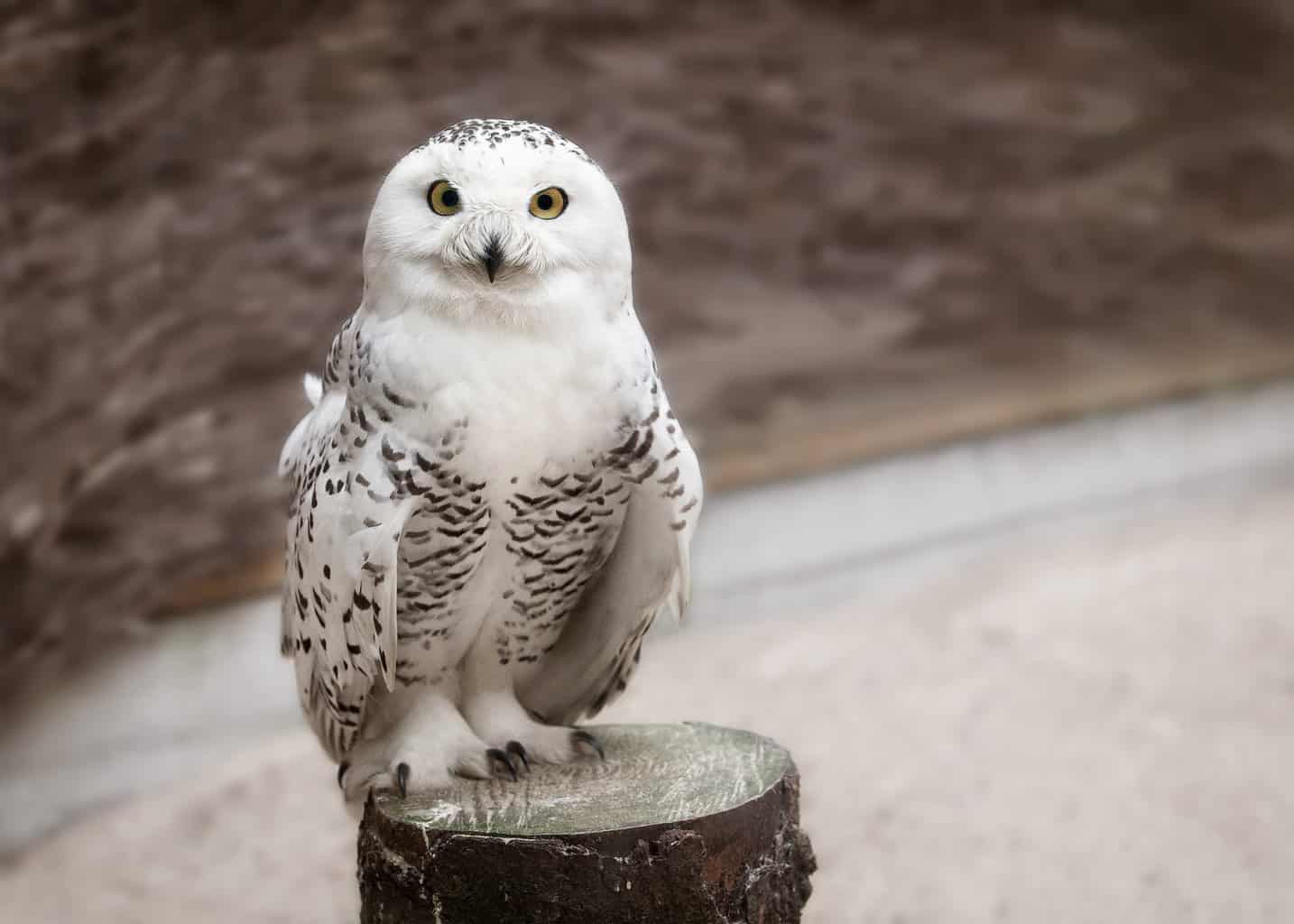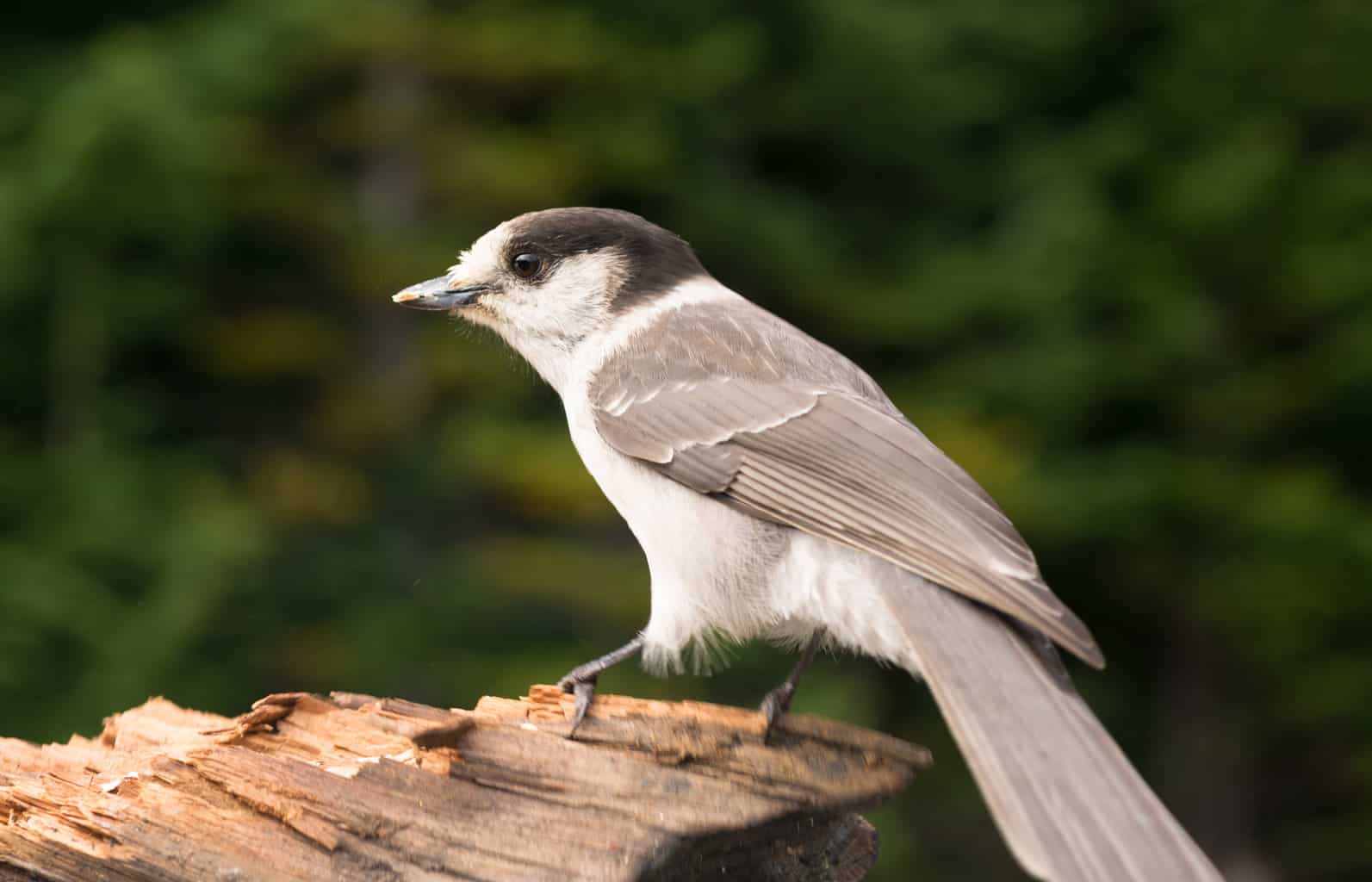Does Canada have a national bird? It seems like it would be an easy question to answer, but depending on who you ask, you might get a different answer.
In short, Canada’s government does not recognize a national bird. Even though 106 of the world’s 195 countries have a national bird, Canada is not one of them.
That doesn’t mean that there haven’t been multiple attempts to name a national bird. In fact, during Canada’s 150th-anniversary celebration in 2017, the Canadian Geographic Society led a valiant charge to encourage the Canadian government to accomplish this marker.
The Trudeau administration chose not to finalize the decision.
What Happened with the Royal Canadian Geographic Society?
In 2016, Canada’s 150th anniversary was rapidly approaching. Recognizing that the nation needed a national bird, the Royal Canadian Geographic Society started a campaign in which Canadians could vote for which bird should be named the national bird.
This was called the National Bird Project. There are about 450 different bird species in Canada, with some living there year-round and others only for the breeding or non-breeding season.
Rare birds were excluded from the voting. Instead, any bird that was easily recognized (and possibly even beloved) by a majority of Canadians was included in the list of candidates. There were nearly 50,000 votes cast by September 2016!
The finalists and their final vote tallies were as follows:
- Common Loon (Gavia immer) – 13,995
- Snowy Owl (Bubo scandiacus) – 8,948
- Gray Jay (Perisoreus canadensis) – 7,918
- Canada Goose (Branta canadensis) – 3,616
- Black-Capped Chickadee (Poecile atricapillus) – 3,324
Even though the Common Loon won first place, and the Snowy Owl won second, the Canadian Geographic Society announced that they had chosen the Gray Jay as the winner. This was a controversial move! (We’ll talk about why the Gray Jay was chosen in a section later in this article!)
However, there was another movement happening at the same time. The Gray Jay was about to get a new name! Or, to be more precise, it was about to get its old name back.
“Gray Jay” Resumes Its Former Name: Canada Jay

The Gray Jay (spelled with an “a” instead of an “e” like Canadians spell “grey”) was called the Canada Jay from its original English naming in the 19th century until the mid-1950s.
In 1957, the American Ornithologists’ Union, which no longer exists, changed the bird’s name to the Gray Jay. (Side note: The American Ornithologists’ Union and the Cooper Ornithological Society merged to become the American Ornithological Society in 2016.)
In 2018, the American Ornithological Society voted by committee to change the bird’s name back to the Canada Jay. The vote was 9-1 in favor of changing the name.
Dan Strickland, a naturalist who has studied jays for years, was the person who proposed the change.
After the vote, he said, “I am pleased that the AOS has accepted our findings, corrected the mistake made by their predecessors, and returned the ‘Canada Jay’ to its original and rightful place as the English name of this quintessentially Canadian bird.”
Did the Name Change Help Get the Canada Jay Recognized?
Many birders and ornithologists hoped that the return to its original name, combined with the popular vote, would move the government to take action and name a national bird.
Still, even in 2022, this has not yet happened.
Many Canadians recognize the Canada Jay as the nation’s official bird, but there is still no official recognition.
What Other Birds Were Considered for Canada’s National Bird?
Before we talk about the Canada Jay, let’s take a look at the other birds that were high in the running for the prize!
Common Loon

The Common Loon is a mid-distance migrant that spends much of the breeding season in Canada. It has an incredibly wide range, even far into northern Canada where other birds can’t survive the intense winters.
The Common Loon is sexually monomorphic, which means that the male and the female look just alike. These are large waterbirds whose heads are round-shaped and whose bills are like daggers.
Unlike ducks, the Common Loon’s feet stick out behind the tail.
The Common Loon, of course, is on the Canadian one-dollar coin, which is perhaps a big part of why it ended up at the top of the list when it came time to count the votes.
Snowy Owl

The Snowy Owl is almost entirely white, but it also has some black and brown markings on its body. Females are almost salt-and-pepper in appearance, whereas males have fewer markings. These birds have yellow eyes.
As a circumpolar bird, the Snowy Owl spends its summers between 55° to 60° North latitudes. It thrives in the northern regions of Canada that are inhospitable to most other birds.
Their breeding territory includes the treeless tundra. They perch on anything that rises above the ground, such as a dune, fencepost, or telephone pole. In general, they don’t fly far above the ground.
Canada Goose

The Canada Goose is a large, migratory bird that can be found throughout the US and Canada, depending on the season.
They migrate as the seasons change and are a familiar sight as they fly through the sky in v-shaped groups. These geese mate for life and raise their young together.
They eat mostly plants, seeds, and berries, and are often visible along both rural and urban waterways.
In addition to making a loud honking sound, Canada Geese are also known for their tell-tall hiss! If they are threatened, they hiss to frighten away potential predators, including adults. Never approach a hissing Canada Goose – they will go on the offensive!
Black-Capped Chickadee

Black-Capped Chickadees join Canada Jays as the only two songbirds on the list. These tiny little birds are cute and curious. They have short necks and big heads, and their bodies are round-ish.
They have a short, thick bill and a black crown. Males and females are pretty much indistinguishable from one another.
One of the fascinating habits of the Black-Capped Chickadee is hiding food all over the place, and remembering up to a thousand hiding places for later!
What’s So Great About the Canada Jay?
Even though these other birds are great, what was so special about the Canada Jay, and how did it end up being the choice of ornithologists, despite the voters’ choice of the Common Loon?
According to David M. Bird, PhD and Emeritus Professor of Wildlife Biology at McGill University, the Canada Jay is the perfect national bird. His argument in support of the Canada Jay was documented in a Change.org petition that received over 16,000 signatures.
He wrote that the Canada Jay is:
- Found in all thirteen provinces and territories.
- A member of the jay and crow family, arguably the smartest birds on the planet;
- Not an official bird species for any of the ten provinces and recognized territories nor any other country
- Very hardy, like all Canadians, having highly adapted to living in very cold regions and nesting in temperatures of -30 C;
- A year-round resident, i.e. not a “snowbird” like the Common Loon;
- A bird with strong cultural significance for many of Canada’s First Nations. The widely used name, “whiskyjack,” is derived from one of the Canada Jay’s names in the Algonquian family of languages, quite likely wîskicahk, one of the words used in Cree. “Whiskyjack” is one of very few English vernacular names for a Canadian bird species borrowed from an indigenous language, and the only one in common use today.
- The first bird, and perhaps the only bird, to greet thousands of explorers, fur trappers, prospectors, settlers, and First Nations folk, around their campfires in the dead of chilly Canadian winters;
- Not an endangered species, and thus not at serious risk of disappearing;
- A bird that figures prominently in the boreal forest ecological zone, constituting a vast and distinctive part of our country.
- Not a hunted species, so not shot by Canadians;
- Like all Canadians, extremely friendly toward humans and conspicuous residents of our national and provincial parks from coast to coast;
- A species that could not have a better name for the national bird, as it is now, once again, officially called the Canada Jay in English (and “mésangeai du Canada” in French).
- Not regarded as an obnoxious or nuisance species;
- Not likely to be confused with any other bird species;
- Not a circumpolar species, i.e. not found in other northern countries (as is the Snowy Owl);
- Not flamboyantly colored and so easily reproducible in logo format;
- Chosen as the official logo bird of the historic International Ornithological Congress in Ottawa in 1986; it was “the most Canadian bird” they could find!
What a great bird!
What Happened After the Vote?
The vote that was facilitated by the RCGS received over 50,000 votes. The recommendation from the organization, however, was not based on which bird received the most votes.
The RCGS reviewed the 5 finalists and had a significant debate regarding which bird was the best choice. To learn more, you can even watch a video of the panel discussing the Canada Jay vs. the other finalists.
Following the vote and the panel’s decision to select the Canada Jay, the RCGS offered their recommendation to Prime Minister Trudeau and his administration. Unfortunately, there has been no further action taken on this recommendation.
Canada’s ornithologists have chosen a national bird, but the government has not finalized that choice.
“Whisky Jack” or “Whiskey Jack”?

The Canada Jay is often called the Whisky Jack.
Just like gray vs. grey, there are two commonly accepted spellings of the popular alcoholic beverage. In the US, where a small number of Canada Jays live, the drink is spelled “whiskey” with an “e.” However, most of the world spells it “whisky,” with no “e.”
That includes Canada.
The word “whisky” originates from Scotland and is used in countries where the drink is popular, such as Japan, Scotland, and Canada. The two countries most likely to spell it with an “e” are the US and Ireland.
“Wisakedjak”?
Wait, there’s one more spelling option! Some people have suggested that the name of the Canada Jay should be “Wisakedjak.”
The name Whisky Jack does not actually come from whisky. It is an evolution from the First Nations mythology of Wihsakechahkw, who was the protagonist of many Cree stories. You can read some of these stories from the Cree Literacy Network.
Wihsakecahkw was a playful trickster, and early observers of the Gray Jay may have noticed similarities between the personalities of the bird and the folklore figure.
Over time, Wihsakecahkw became “Wiskedjak,” which then became “Whisky Jack.”
Where to See the Canada Jay

If you want to see the Canada Jay, you’ll first need to be in the right range.
They live throughout North America, ranging from Alaska in the west to Newfoundland and Labrador in the east. Their southern range includes parts of California, Idaho, Utah, Arizona, New Mexico, Colorado, and South Dakota.
They thrive in black spruce forests, as well as woods that are filled with white spruce, Engelmann spruce, jack pine, and lodgepole pine.
Their ideal habitat has to be cold enough for them to successfully keep their winter food safe. They hide their food in the crevices of tree bark, using their saliva to “glue” the food to tree trunks and branches.
They are careful to hide the food above what will be the snow line.
They are also able to incubate their eggs in temperatures that drop lower than 20°F! Even though it gets warmer in May through June, they still only lay their eggs late in the winter. They only lay one clutch of eggs every year.
The Cornell Lab of Ornithology offers recordings of the Canada Jay that you can listen to in order to recognize them by sound before you see them!
Unusual Canada Jay Behaviors
Before we wrap up, here are a few more interesting and unusual behaviors of the Canada Jay, according to the Cornell Lab of Ornithology.
- Canada Jays only weigh 2.5 ounces, and their daily dietary needs are about 47 calories per day. (By comparison, humans often aim for a 2000-calorie-a-day diet.) Canada Jays get those calories in any way they can, including plucking blood-engorged ticks off of large animals like moose and deer.
- A Canada Jay was once spotted behaving in a pretty shocking way: it attacked a mother and baby bat and stole the baby away from its mother! They will attack large, injured animals to get enough calories.
- Talk about a fluffy bird! The Canada Jay has feathers over its whole body, including its legs, feet, and nostrils.
- In 2002, a birder in Colorado captured and documented a Canada Jay that had originally been banded in 1985. That means that when it was released again, it was already more than 17 years old! That said, the average lifespan of a Canada Jay is more like 8 years.

